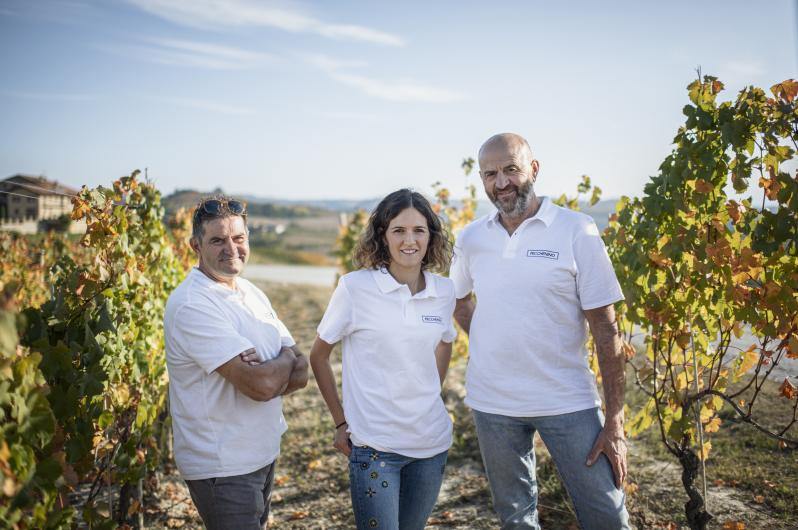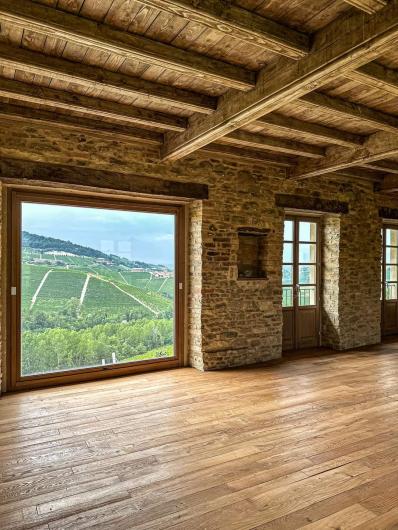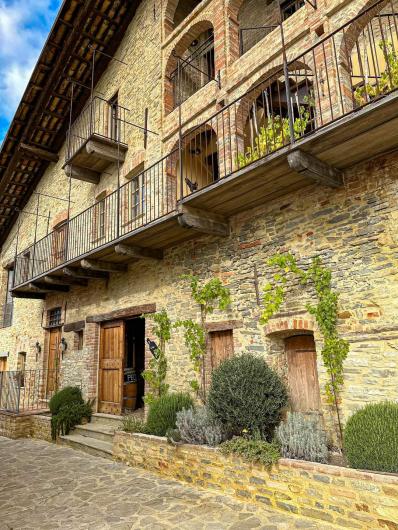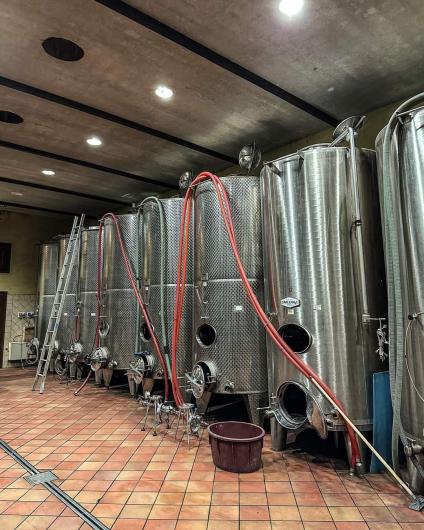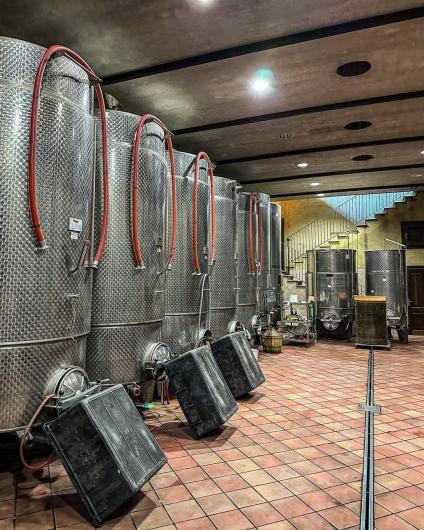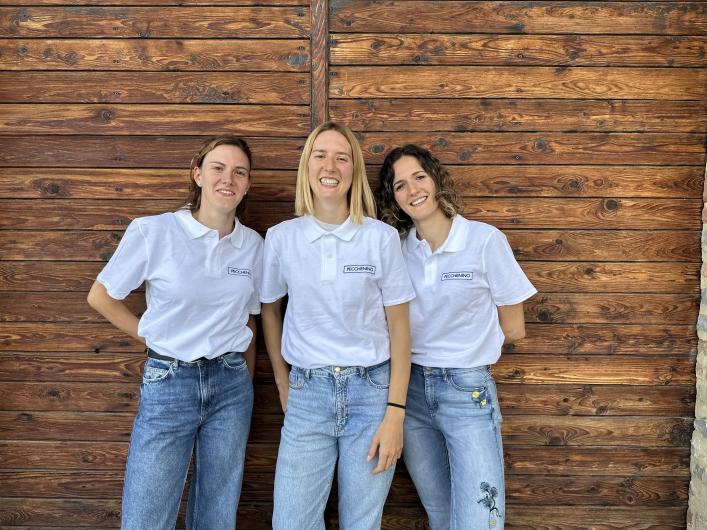Pecchenino
Barolo Bussia
Pecchenino
Barolo Bussia
Bussia is the second largest MGA in all of Barolo at 340 hectares (around 840 acres). With this amount of land, a person would expect a large variation between the different parcels, but with a deeper look the soil and geology of this MGA is quite homogenous. Due to this commonality, the wines from Bussia tend to show a density with earthy notes that soften into complexity with time. Pecchenino’s Bussia Barolo undergoes a long, natural fermentation along with a lengthy maceration on the skins. The wine is then aged in used oak barrels that aren’t toasted to focus on the true terroir of the wine.
Wine Production
Barolo Bussia comes from the single vineyard in the Bussia MGA and in particular from the Corsini locality. The vines are guyot trained and have a density of 5000 plants per hectare. The age of the vineyard is 18 years. The soil is calcareous-clayey with brownish marls and is exposed to the south-west. The grapes are only destemmed and then left to ferment in steel tanks for about 3 weeks at 27°C. The wine remains in the tanks in contact with the skins for a further 4 weeks in post-fermentation maceration using the ancient submerged cap method. After racking, the wine remains in steel tanks for malolactic fermentation and is then transferred to barrels.
Ageing: 24 months in large oak casks and 12 months in cement tanks.
Tasting Notes
Intense garnet red in color. The nose, initially austere, recalls complex floral and red fruit notes, liquorice, spice and tobacco. The palate is fine with sensations of ripe red fruits. The taut and compact tannin makes the wine very classic. Vibrant and vertical acidity. Extremely elegant and refined
Food Pairing
Pairs beautifully with fresh pasta with meat sauce or truffle, roasted or braised red meats and long-aged cheeses.
Bussia is the second largest MGA in all of Barolo at 340 hectares (around 840 acres). With this amount of land, a person would expect a large variation between the different parcels, but with a deeper look the soil and geology of this MGA is quite homogenous. Due to this commonality, the wines from Bussia tend to show a density with earthy notes that soften into complexity with time. Pecchenino’s Bussia Barolo undergoes a long, natural fermentation along with a lengthy maceration on the skins. The wine is then aged in used oak barrels that aren’t toasted to focus on the true terroir of the wine.
Wine Production
Barolo Bussia comes from the single vineyard in the Bussia MGA and in particular from the Corsini locality. The vines are guyot trained and have a density of 5000 plants per hectare. The age of the vineyard is 18 years. The soil is calcareous-clayey with brownish marls and is exposed to the south-west. The grapes are only destemmed and then left to ferment in steel tanks for about 3 weeks at 27°C. The wine remains in the tanks in contact with the skins for a further 4 weeks in post-fermentation maceration using the ancient submerged cap method. After racking, the wine remains in steel tanks for malolactic fermentation and is then transferred to barrels.
Ageing: 24 months in large oak casks and 12 months in cement tanks.
Tasting Notes
Intense garnet red in color. The nose, initially austere, recalls complex floral and red fruit notes, liquorice, spice and tobacco. The palate is fine with sensations of ripe red fruits. The taut and compact tannin makes the wine very classic. Vibrant and vertical acidity. Extremely elegant and refined
Food Pairing
Pairs beautifully with fresh pasta with meat sauce or truffle, roasted or braised red meats and long-aged cheeses.






